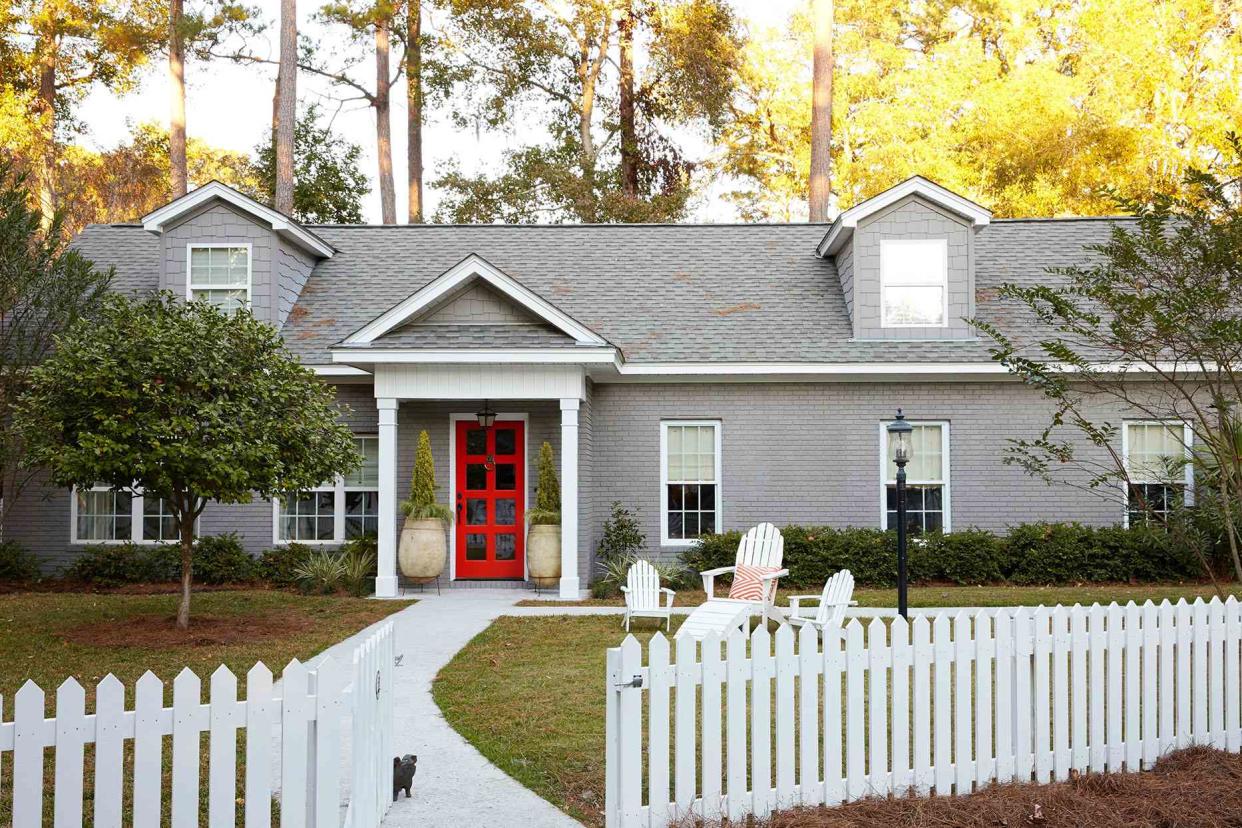Chip Gaines Says These Are the ‘Big 4’ Red Flags to Avoid When Buying a House
Knowing these warning signs could save you from costly repairs and unexpected renovations down the line.

Chip Gaines is no stranger to unexpected renovations. Throughout five seasons of Fixer Upper, he and his wife, Joanna Gaines, navigated their fair share of inspection hiccups and surprise repairs. Now, he’s sharing his biggest piece of home-buying advice.
With decades of experience as a contractor, he’s learned the warning signs that come with costly repair jobs. “These are the red flags that come in for me—I call them the big four,” Gaines says. “You’ve got plumbing, you’ve got electrical, and you’ve got roofing—or anything in the exterior sense—and the foundation,” he says.
If one of those four areas has visible damage or needs extensive work, he says you might want to reconsider buying the property. Here are the potential red flags to watch for when shopping for a home.
Related: 7 Design Lessons I Learned From Watching ‘Fixer Upper: The Lakehouse’
1. Leaky Plumbing
Household leaks are a common maintenance issue that, unfortunately, is fairly easy to hide during a walk-through. Look for signs of water damage on the walls and ceiling, and if possible, tour the house during or just after heavy rainfall to make sure the lower levels aren’t prone to flooding. Another warning sign is a moldy or musty smell: This can indicate plumbing issues within the walls, or moisture within the air conditioning unit or vents—both of which can be expensive to fix.
2. Faulty Electrical Systems
Problems with a home’s electrical wiring can not only pose a huge headache (especially in older homes), but they can also be a potential fire risk. During an inspection, make sure all wiring is up to code. Also be on the lookout for flickering lights and outlets that don’t work properly, as these can both be indicators of a larger problem.
Related: What to Know About Light Switch Wiring Before Trying DIY Electrical Work
3. Roofing in Need of Repair
Taking a second look at the roof is always a good idea when buying a home. A leaky roof can lead to water damage and mold growth. While a small leak can be a fairly easy fix, if the leak hasn’t been properly fixed right away, the damage has likely already been done.
And because a new roof is a large expense, it’s also not a bad idea to find out when the roof was last replaced. The lifespan of a roof depends on the materials used, but 20 years is generally a good benchmark. Even if the roof appears to be in good condition, be sure to ask when it was last replaced. If it’s been longer than the expected lifespan, keep in mind that repairs may be on the horizon.
4. Foundational Problems
No matter which type of foundation the home has, verify that it is in good condition before you sign any paperwork. Because the rest of the house is literally built on top of this structure, it can be difficult and very expensive to make repairs. “If the foundation is screwed up, that is a complicated, costly scenario that can lead to a hundred different things, and you don’t want to mess with that,” Gaines says. If you fall in love with a home that does have foundational issues, Gaines’ advice is to call the professionals. “You need an expert to come in and buy a house that has severe foundation problems, you don’t want to do that as your first DIY,” he says.
For more Better Homes & Gardens news, make sure to sign up for our newsletter!
Read the original article on Better Homes & Gardens.
